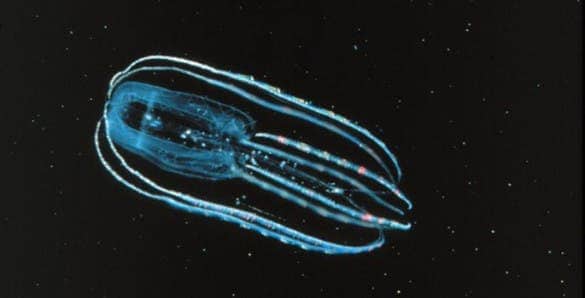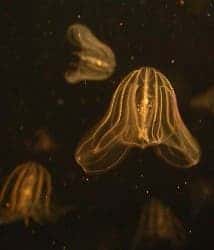With their eerie, translucent and soft bodies, their translucent and intricate shapes and bizarre bioluminescent displays, comb jellies are among the biggest beauties and mysteries in the oceans. Now, according to a biologist from Vanderbilt University, these delicate marine predators have another important story to tell about the origin of animals; a 550 million year old story.

Comb jellies are part of a genus called Ctenophora (Greek for ‘comb bearers’). You wouldn’t guess it, but Ctenophores, variously known as comb jellies, sea gooseberries, sea walnuts, or Venus’s girdles, are voracious predators.
Antonis Rokas reflected on the significance of the first successful sequencing of the genome of the genus, conducted by Andreas Baxevanis at the National Human Genome Research Institute – the sea walnut, an aggressive species that invaded the Black Sea in the 1980s. Based on a very thorough analysis of the sea walnut genome, Baxevanis and his team came to the conclusion that ctenophores are the oldest relative of the entire animal family, including humans.

His results seem pretty convincing, but the only problem is that the study contradicts several other convincing studies as well. As a matter of fact, not one, but several other studies grouped comb jellies together with jellyfish, and concluded that sponges are the oldest animal relative, despite their sedentary nature.
But Rokas, who has studied many directly conflicts between well-documented phylogenetic studies says it is not really a surprise to find contradictory tree-of-life studies. The branchings that gave rise to the lineages that eventually became the sponges, ctenophores and jellyfish took place in a narrow window of time a long time ago – it’s these conditions that are very hard to map.
But even if he is right or wrong, it’s clear that we have to consider the addition of comb jellies to existing knowledge of the earliest animals and their closest relatives.
You can’t really choose your relatives or ancestors… but when it comes to it, I’d choose a ctenophore over a sponge.






